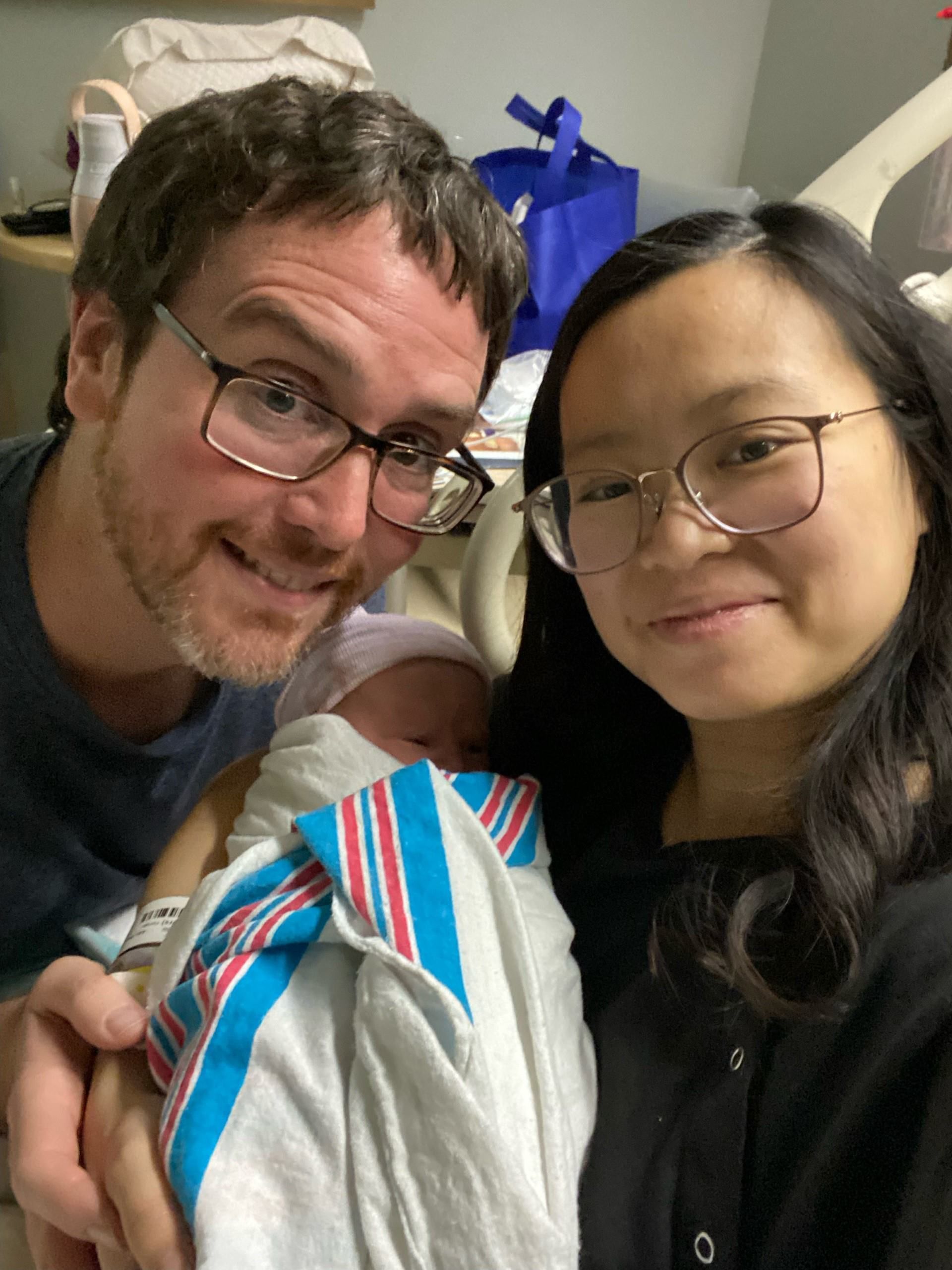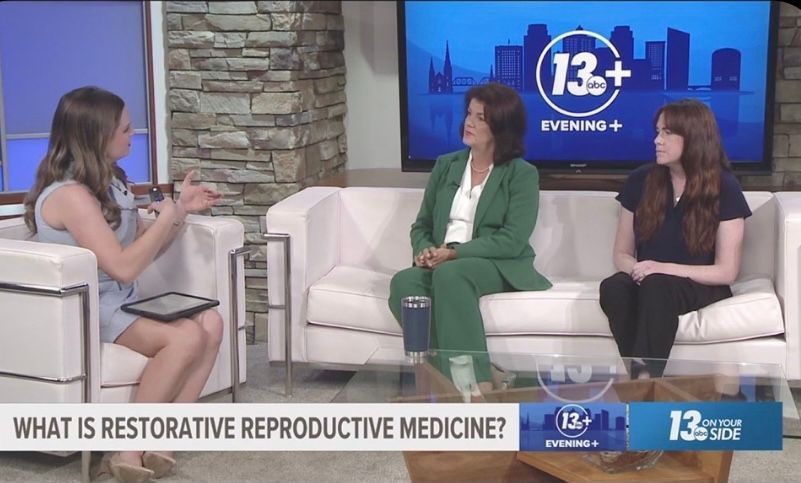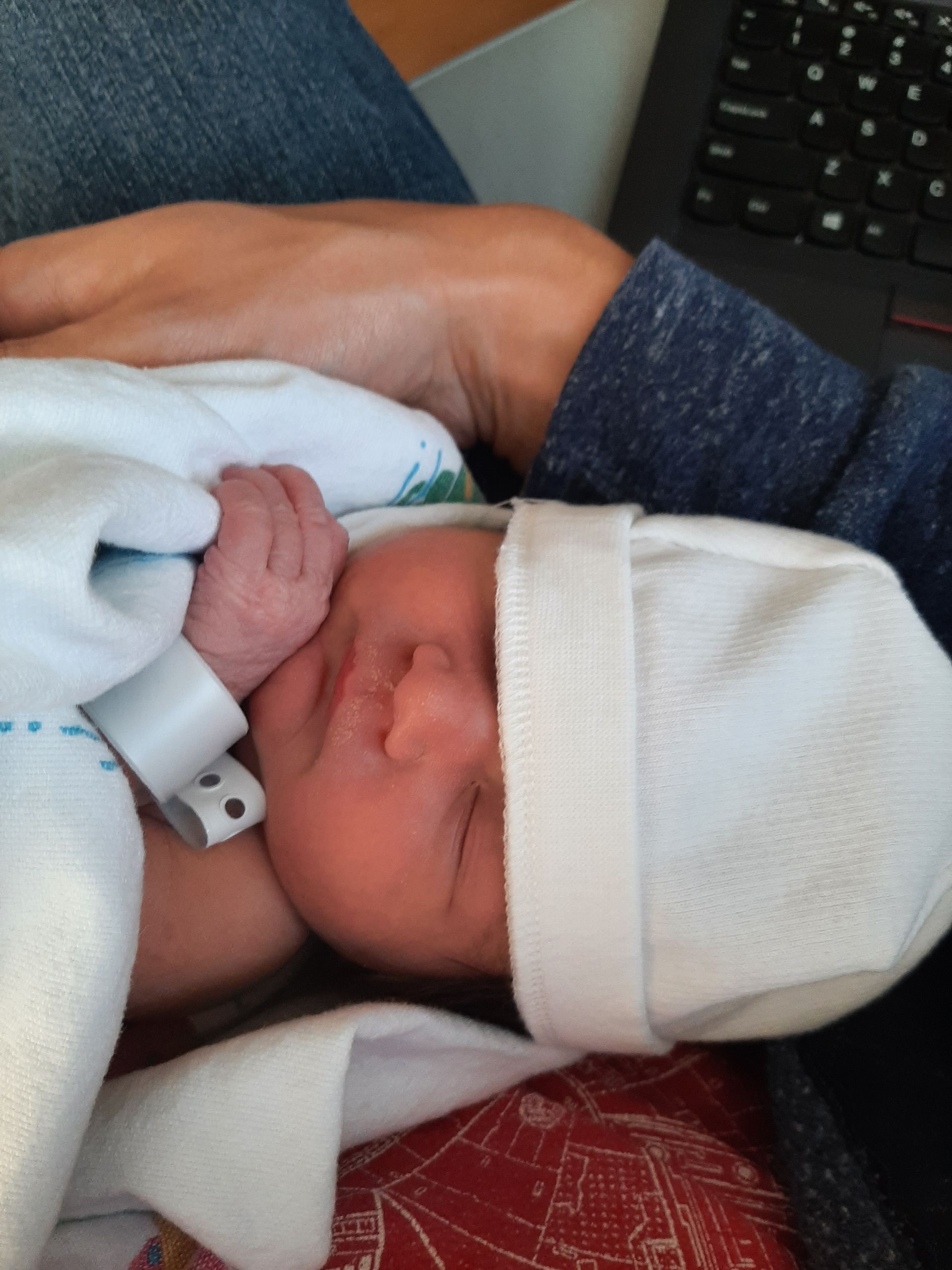New RRM Medical Journal Launches

A major milestone for restorative reproductive medicine has been achieved with the launch of the new medical journal, Journal of Restorative Reproductive Medicine (JRRM)

“Our vision is that JRRM will disseminate and promote evidence-based information to support and restore human fertility and reproductive health,” wrote editor-in-chief Dr. Joseph B. Stanford in a welcome commentary. The peer-reviewed, open-access journal is published by the International Institute for Restorative Reproductive Medicine (IIRRM), and will provide the opportunity to expand and deepen the knowledge base for restorative reproductive medicine (RRM).
The IIRRM, founded in London, UK, in 2002, is the lead medical society for RRM with members representing 52 countries.In one of the first published JRRM commentaries, Dr. Jose Arraztoa from Clinica de los Andes in Santiago, Chile, provides a history and overview on infertility and RRM. He describes the foundational pillars of RRM care for infertility as: “a commitment to respecting healthy physiological processes, comprehensive health care for both the couple and the potential embryo, and the provision of education and continuous support throughout the therapeutic process.”
One of the more noteworthy points in Dr. Arraztoa’s commentary underscores how RRM differentiates itself from current conventional assessments for infertility: in summarizing the first published study on RRM outcomes for patients facing infertility [1] he reports that findings included “decreased estrogenic cervical mucus production, intermenstrual bleeding, luteal phase defects, and suboptimal estrogen and progesterone levels,” none of which had been previously considered in the patients assessed prior to their RRM care. This is consistent with the experience at Reply Fertility and other RRM clinics, where the use of fertility tracking provides a more precise understanding of female hormonal status and reproductive function, and where hormone levels are recommended to be balanced not merely “within range” but optimized for healthy conception and pregnancy.
The use of cycle tracking to record medically meaningful female biomarkers is a hallmark of RRM and sure to be a topic in future JRRM studies. IIRRM president Dr. Phil Boyle has remarked that “it is inconceivable that an RRM fertility clinic would assess and treat infertility without clinically-integrated tracking of the woman’s fertility cycle. Without this information, the clinical team and the patients are operating in the dark when it comes to assessment of female reproductive function.” Indeed, many patients and medical professionals now refer to cycle tracking as a female “vital sign” that can be used for assessment, treatment, and monitoring of female reproductive health, and many predict that not including such cycle tracking as part of female reproductive healthcare soon will come to be regarded as an omission on par with not checking blood pressure for someone with a heart condition.
Other contributions to JRRM include a Commentary on Surgery in Restorative Reproductive Medicine and an original research paper on Menstrual Cycle Heat Maps.
The editorial board of JRRM features medical experts from Australia, Canada, Chile, France, Germany, Ukraine, and the United States, and includes, in addition to Dr. Stanford, Reply medical director Dr. John Thorp and former Reply obstetrician-gynecologist Dr. Rachel Urrutia.
The Journal of Restorative Reproductive Medicine can be accessed at rrmjournal.org.
1. Stanford JB, Parnell TA, Boyle, PC. Outcomes from treatment of infertility with natural procreative technology in an Irish general practice. J Am Board Fam Med. 2008 Sep-Oct;2(5):375-84.











